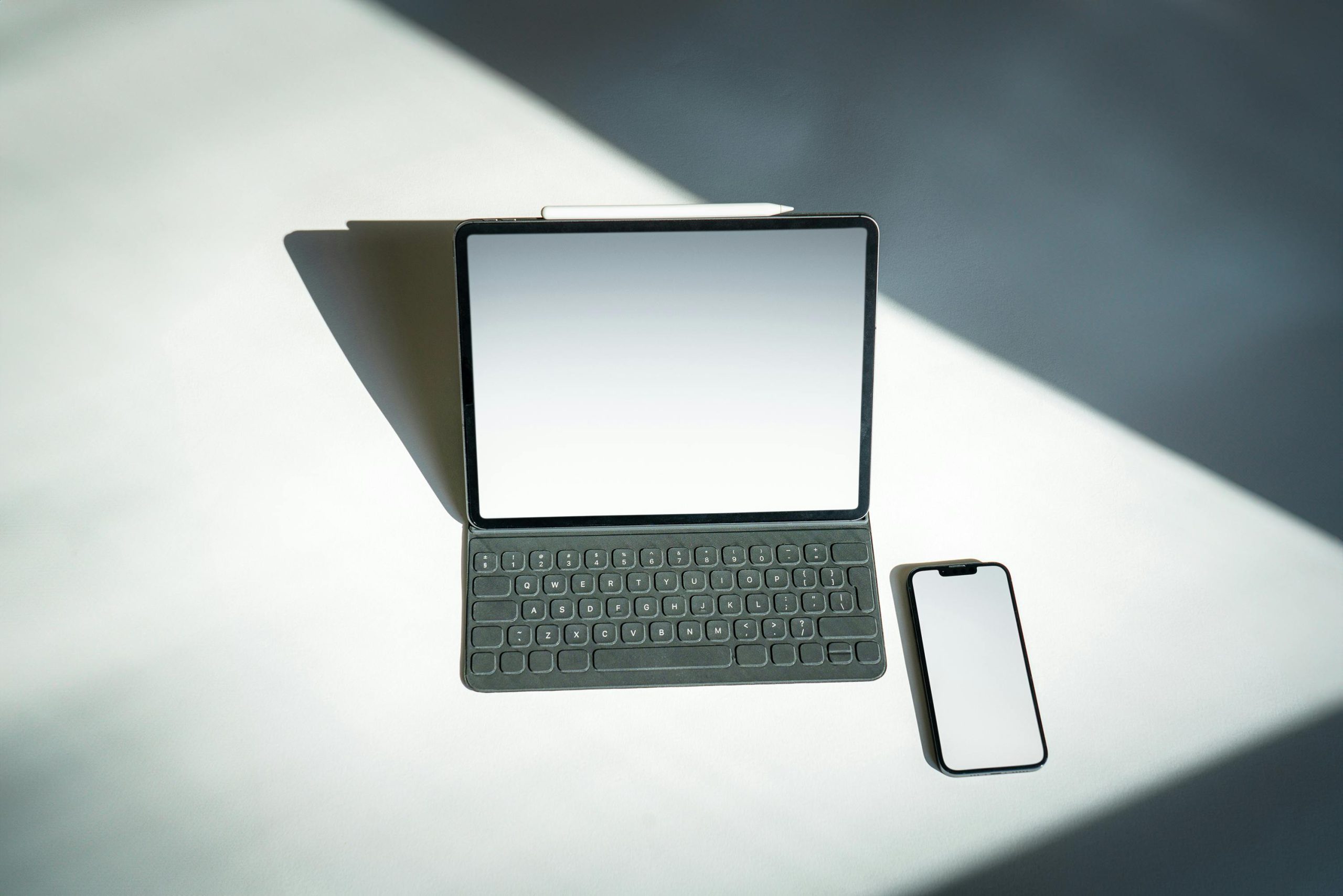Troubleshooting Unusual Laptop Screen Glitches: Causes and Solutions
In today’s digital age, our laptops serve as essential tools for work, communication, and entertainment. When unexpected issues arise, they can be both frustrating and disruptive. Recently, many users have reported encountering strange screen behavior—such as sudden blackouts and flickering static-like visuals—that can be concerning. Understanding the potential causes and effective troubleshooting steps can help you resolve these issues promptly.
Recognizing the Issue
Some common symptoms include:
- The screen suddenly turning off or going black without warning.
- Visual artifacts like flashing static cubes or flickering graphics.
- Temporary restoration after rebooting, though the problems tend to recur unpredictably.
If you’re experiencing similar symptoms, it’s important to diagnose the root cause to prevent potential hardware damage or data loss.
Possible Causes
-
Graphics Driver Issues
Outdated or corrupted graphics drivers are a frequent culprit behind display anomalies. Driver conflicts can cause instability, leading to visual glitches or complete screen failure. -
Hardware Malfunction
- Graphics Card Problems: A failing GPU can produce visual artifacts and intermittent display issues.
- Loose or Damaged Connections: Loose cables or damaged display connectors may result in flickering or random blackouts.
-
Overheating Components: Excessive heat can cause temporary hardware failures, including display issues.
-
Display Hardware Faults
-
Faulty display panels or connectors can manifest as static visuals or intermittent screens.
-
Software or Operating System Corruption
Corrupt system files or conflicts with recent software updates might also cause display irregularities.
Recommended Troubleshooting Steps
- Update Your Graphics Drivers
- Visit the manufacturer’s website (NVIDIA, AMD, Intel) to download and install the latest driver updates.
-
Alternatively, use device management tools to check for automatic updates.
-
Check for Windows or System Updates
-
Ensure your operating system is current, as updates often include bug fixes for hardware compatibility.
-
Monitor Hardware Temperatures
-
Use diagnostic tools to check CPU and GPU temperatures, ensuring your device isn’t overheating.
-
Inspect Hardware Connections
- If comfortable, open your laptop to verify that display cables are securely connected.
-
Consider professional inspection if you’re uncertain.
-
Run Hardware Diagnostics
-
Many manufacturers provide built-in diagnostic tools to test hardware components.
-
**Test With an External Monitor
Share this content:



